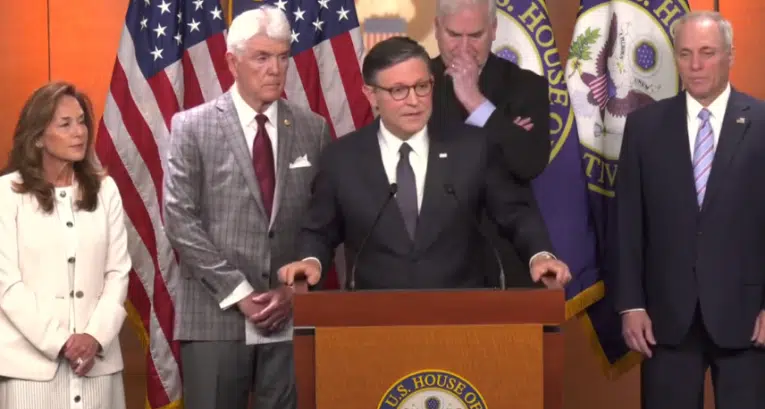
The December 2024 employment situation report by the Bureau of Labor Statistics marks the last jobs numbers that outgoing President Joe Biden will receive with an economy that appears to be past or nearly past peak employment, with 1.1 million more Americans saying they’re unemployed since Jan. 2023.
That’s usually what happens after peak inflation, which was recorded in June 2022 at an annual 9.1 percent rate. Since then, the rate of inflation has slowed to 2.7 percent in November, although prices are still far above where they were and incomes and wages still have largely not caught up. But generally, after peak inflation, demand maxes out, spending slows, price increases cool and labor markets react by shedding jobs.
Eventually, these cycles usually culminate in recessions although there are exceptions in the record where unemployment started increasing but then decreased again before the next recession, which occurred following the 1990-1991 and the 2000-2001 recessions where unemployment kept rising even after the recessions were over and then decreased. After the 2007-2009 recession, unemployment kept rising for a little bit longer too and then decreased.
Now, we did just have the Covid recession in 2020, which saw unemployment temporarily rise by more 18 million but then decrease just as rapidly, by 13 million in 2020 and another 5 million in 2021 and 2022, at which point the inflation peaked and then the trend reversed.
In the record, however, one cannot find an example of inflation peaking and then unemployment rising as it is now and not get a recession, but the Covid lockdown recession did have several factors that were unprecedented, including massive reductions of production, massive increases in the money supply by almost $7 trillion, and then the rapid reopening of the economy even as production lagged.
Add to the mix the Baby Boomer retirement wave still ongoing, which keeps job openings still relatively high — although much lower than they were, from 12.1 million in March 2022 down to 8 million in November. It hit a low of 7.3 million in Sept. 2024, and so a recovery there could be good news from a labor market perspective.
But potentially bad news from an inflation perspective, given the inverse relationship between joblessness and inflation. When jobs are increasing, usually so is inflation and vice versa.
It could be that we already had a recession (they usually don’t get recorded until after the fact) or that we hit the soft landing before inflation fully cooled off or that demand still has more to go down and unemployment could still tick up. So the potential downside headed in 2025 could come on either side of the equation, but still with the slimmer possibility that both inflation and unemployment could fall simultaneously for a little while. That’d be nice but economies don’t play “nice” when it comes to inflation. There’s nothing nice about it — or recovering from it which usually, again, entails a recession.
For incoming President Donald Trump, that means there could still be challenges ahead, and so quick action on his economic program to boost U.S. production of energy and food and curtail money printing spendathons in Congress can help to keep prices going in the right direction, and lower taxes so that even if there is a slowdown or recession — the same thing happened to Ronald Reagan after he was elected with a recession that roiled on for 1981 and 1982 — the conditions for a recovery are already in place.
Again, not so nice, but after that the economy did rebound in the right direction and led to one of the biggest booms in American history and Reagan’s relatively easy reelection in 1984. The lesson is that if there is to be turbulence, it’s better for it to happen early in an administration but like the weather, recession are not actually that can be controlled or prevented and yet voters will often hold incumbent parties accountable for them, as Biden and Democrats were for the inflation in 2024. As usual, stay tuned.
Robert Romano is the Vice President of Public Policy at Americans for Limited Government Foundation.





